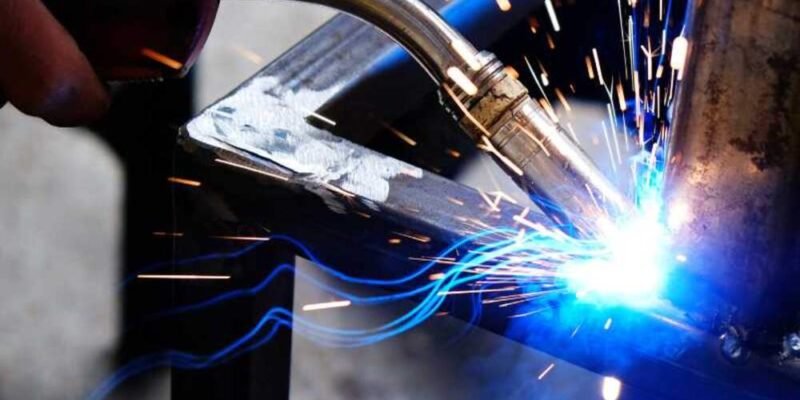Many industries, such as construction or automotive manufacturing, consider welding a paramount procedure. It is essential in making metal structures and components. Welding technology undergoes significant changes aimed at improving its efficiency, accuracy, and performance with advances in technology. This article will focus on the latest advancements in welding machines and how they provide effective ways of doing welding activities efficiently.
Digital Controls Have Come into Being on Welding Machines
One major milestone realized in welding technology is the introduction of digital controls. Modern welding machines equipped with digital interfaces have made it possible for finer control over various weld parameters to be realized. This reduces time spent on adjustments while ensuring greater accuracy of welds. Welders can now quickly switch between different methods of welding through digital controls, adjust settings according to their requirements, and have a real-time monitoring process going on with respect to performance rates. This development is particularly advantageous for precision-oriented industries like aerospace and automotive production sectors.
Importance of MIG Welding Machines in Contemporary Fabrication
Metal inert gas (MIG) welding machines are versatile and efficient, which has made them the norm among welders. These allow for continuous welding, making it more suitable for long, uninterrupted welds. It is, therefore, good at welding many different metals, like steel, aluminum, and copper alloys. Because of its simplicity in usage and clean, strong welds, the MIG welding machine is favored by both beginners and experienced welders. The demands for increased productivity have necessitated industries to make use of the MIG welding machine.
Automation: Tomorrow’s Welding
The state of automation is changing rapidly in the world of welding, bringing about efficiency that has never been seen before. Robotic welding systems can now do complex weldings with minimal human intervention, thereby greatly reducing the chances of errors. These types of systems are best suited for high-volume production facilities where speed and precision are essential factors to consider. Robotic systems integrated with MIG welding machines have enabled manufacturers to achieve faster production times without compromising on quality standards. Automation thus helps maximize efficiency and address the problem of a growing shortage of skilled welders in manufacturing processes.
Superior Power Efficiency in Welding Machines
In the bid to reduce their carbon footprint, power efficiency has become a major area of focus when developing new welding machines. The recent industrial welding equipment is designed to consume less energy while maintaining or even improving performance. This happens through advanced power management systems that optimize energy usage during the welding process. MIG welding machines have been improved in terms of power efficiency, making them cost-effective and environmentally friendly. These machines can lower operational costs for industries by consuming less energy and contribute towards sustainability efforts.
Advanced Welding Techniques for Specialized Applications
The current ways of performing welding are changing, and they can be altered to meet the needs of numerous branches of industry. For example, modern welding machines incorporate the use of advanced joining methods like laser welding and friction stir welding to handle special applications. Such approaches may enable deeper penetration with minimal distortion, thus being suitable for high-precision works. Also, MIG welding machines are being adjusted to include these advanced strategies, making them more versatile and expanding their applicability. This integration of modern techniques ensures that industries can get the best results even with difficult welding projects.
Final Analysis
There are three main aspects of technological advancement in welding, which include efficiency, accuracy, and sustainability. There is a case in point where digital controls, automation, as well as better power consumption, have transformed welding performances to unprecedented levels. One of them is the MIG welding machine that has unimaginable versatility and user-friendliness; it is an obligatory tool. The industrial sector is relying on new technological advancements regarding welders to improve their operations. Producers, along with metalworkers, need to embrace such innovations since they will enable them to work faster even while saving money and promoting quality production in their projects.
Also Read Interesting articles at Disboard.co.uk













